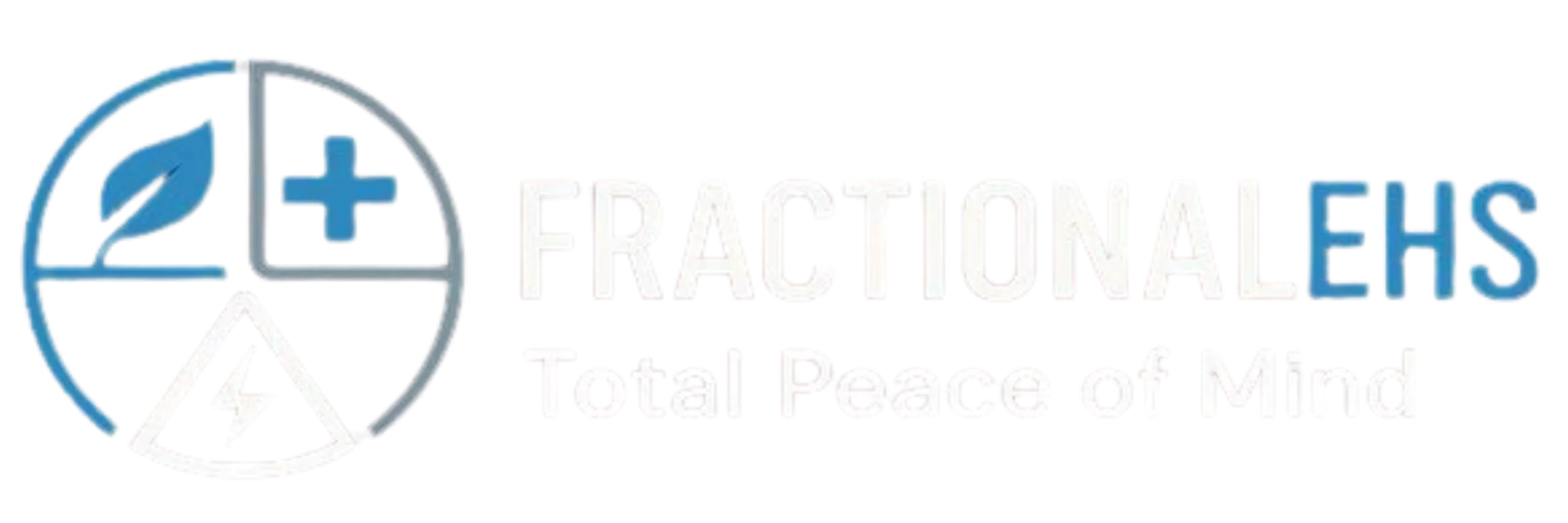For small to mid-sized industrial, construction, and manufacturing firms, compliance with OSHA and EPA standards often feels overwhelming. Regulations evolve constantly, enforcement is strict, and non-compliance can lead to hefty fines, project delays, and reputational damage. Yet many of these organizations don’t have the budget—or the need—for a full-time Environmental, Health & Safety (EHS) executive.
This is where a new model, fractional EHS leadership, is changing the game. Companies can now access top-tier expertise when they need it most, without the full-time overhead. But before we dive into solutions, let’s explore the real compliance challenges SMBs face and how they can stay ahead.
The Stakes of OSHA and EPA Compliance
OSHA (Occupational Safety and Health Administration) and the EPA (Environmental Protection Agency) regulate two of the most critical areas in business: worker safety and environmental responsibility. For SMBs, failing to comply can result in:
- Financial penalties: OSHA fines can exceed $15,000 per violation, while EPA penalties can climb into six figures.
- Insurance hikes: Non-compliance often leads to increased premiums or reduced coverage.
- Operational disruption: Regulatory investigations can stall projects or even shut down operations.
- Reputation damage: Customers, investors, and partners may lose trust in companies with poor compliance records.
The SMB Dilemma
Large corporations often employ full-time EHS directors or teams. For SMBs, however, the cost-benefit equation doesn’t always add up. They may not generate enough compliance-related work to justify a permanent hire, but the risks of ignoring compliance are just as severe.
The dilemma is clear: how do smaller companies stay compliant without the resources of larger competitors?
Key Compliance Challenges
- Constantly Evolving Regulations
OSHA updates workplace safety standards regularly, and EPA rules vary by state and industry. Keeping track requires dedicated expertise. - Limited Internal Resources
Operations teams are stretched thin and may not have the training to manage audits, reporting, or corrective actions effectively. - Documentation Gaps
Regulators expect meticulous documentation of safety training, inspections, incident reports, and compliance efforts. Many SMBs fall short. - Reactive vs. Proactive Approach
Too often, compliance is only addressed after a violation or incident occurs, creating higher costs and stress.
Strategies for Staying Ahead of Compliance
1. Conduct Regular Gap Assessments
Annual (or semi-annual) EHS audits identify weaknesses before regulators do. These assessments should cover OSHA safety standards, EPA permits, and ISO management systems.
2. Prioritize Training and Safety Culture
Compliance isn’t just about paperwork—it’s about people. Toolbox talks, safety meetings, and ongoing training reduce risk and demonstrate due diligence.
3. Embrace Digital Tools
Cloud-based dashboards and compliance tracking systems make it easier to organize documents, track training, and prepare for audits.
4. Assign Accountability
Even if you don’t have an EHS director, designate someone internally to oversee compliance activities. This ensures ownership and follow-through.
5. Leverage Fractional EHS Leadership
Fractional consultants bring certified expertise (CSP, CHMM, CSHM) without the full-time cost. They provide strategic oversight, train staff, and integrate systems to keep you compliant year-round.
Fractional EHS in Action
Imagine a mid-sized manufacturing firm facing increased OSHA inspections after a workplace incident. They don’t have a full-time EHS director, but they engage a fractional EHS consultant. Within weeks, the consultant:
- Conducts a gap analysis
- Implements a safety training program
- Establishes digital compliance tracking
- Reduces insurer concerns by showing proactive steps
The result? The company not only passes its next inspection but also reduces insurance premiums and improves workforce morale.
The Bottom Line
For SMBs, compliance isn’t optional—it’s mission critical. Yet it doesn’t have to break the bank. With proactive strategies, smart use of technology, and the support of fractional EHS leadership, small and mid-sized companies can stay ahead of OSHA and EPA requirements while focusing on growth.



